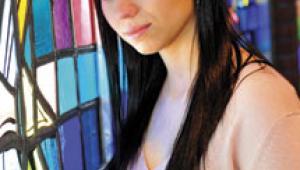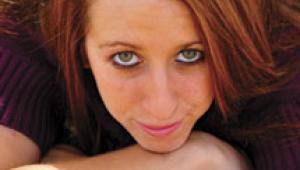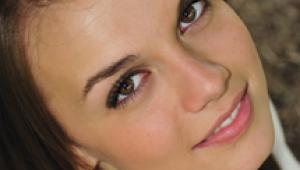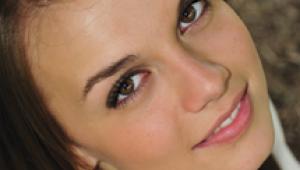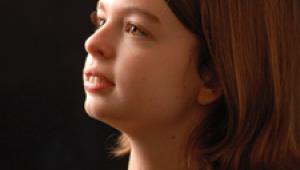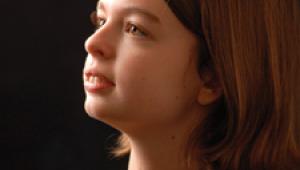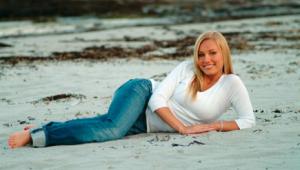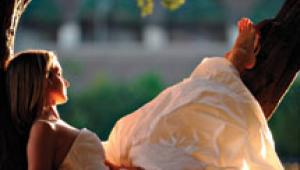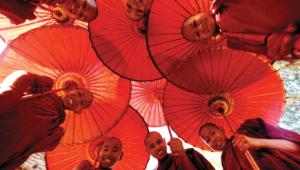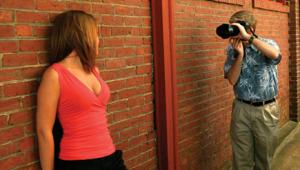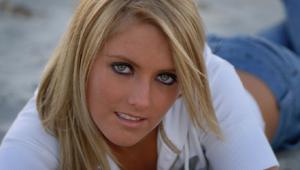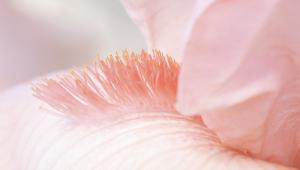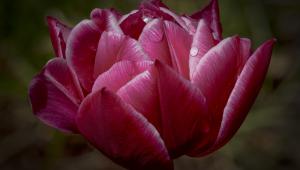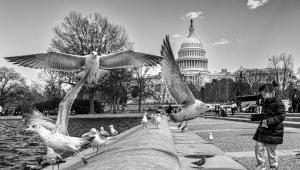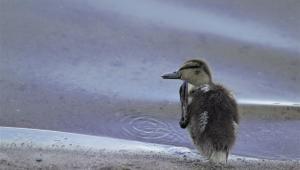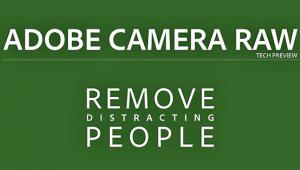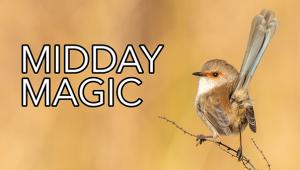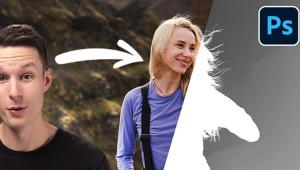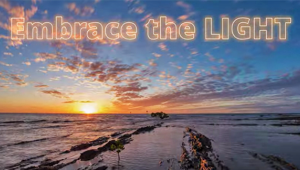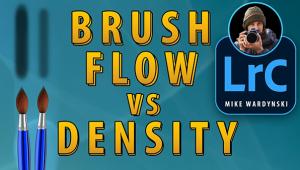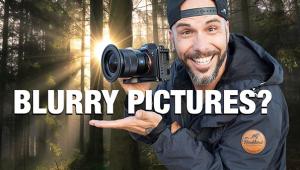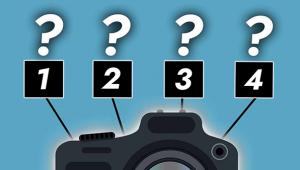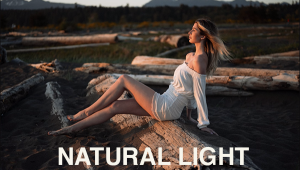A Pro’s Two Fixed Focal Length Portrait Lenses & The Six Reasons He Owns Them; Only For The Not Ready For Full-Frame Players! Page 2
This lens combo is ideal for digital cameras that have a conversion factor of about 1.5. The 85mm focal length will of course be fine with a full-frame camera, but one lens does not a combo make. Full-frame shooters may want to consider finding an 85-135mm lens to approximate the results I'm describing here. But those of us with smaller sensors are able to find great, inexpensive lenses in ideal focal lengths for portraiture. The 50 (75) length is great for shooting where space is at a premium and the 90 (135) length is about the ideal combination in terms of length, price, weight, and performance.
5) Weight
If you're like me, the thought of hanging a big, heavy zoom around your neck all day doesn't sound like fun. If I'm not having fun, I don't want to take many photos. In the studio is one thing, but running around at a park or beach with heavy lenses and a tripod doesn't appeal to me. I usually shoot with a bare minimum of equipment and rarely use a tripod, so weight is important to me. Will an 80-200mm f/2.8 lens take care of most of my shooting needs? Absolutely! But at over 2.5 lbs, it's an albatross around my neck! Compare that to the 5.5 oz of the 50mm lens, or the 13.2 oz of the Nikon 85mm f/1.8 lens. Remembering that you must carry back-up gear, this allows me to carry a pretty small bag and shoot freely.
6) Maximum Aperture
Here's one of the best parts: that big old f/stop. Working at f/1.8 was only a dream in medium format and f/2.8 was only on the "normal" lens. There are of course two big reasons we love the fast lenses--the shallow depth of field and the ability to shoot in low light, even at slower ISOs.
The shallow depth creates a great look that sends sharp backgrounds and foregrounds packing. The speed extends my shooting day into the time where the light is usually at its best--the tail end of the day around and even after sunset. I prefer not to use flash on my outdoor portraits, and beach portraits are very popular in my area. The only way I can hold detail in both my subject and the water and sky in the background without a flash is to wait until the brightness range is lowered at the end of the day. In many cases I'll shoot with my f/2.8 lenses until it's dark, then I'll grab the 1.8 and finish the shoot with it. I'll usually start shooting at ISO 100 and end up at ISO 400. When I hit about 1/30 sec at f/1.8, I'm done; remember, I'm not using a tripod unless it's a group. Any darker than that and I'll probably wander into the ocean anyway!
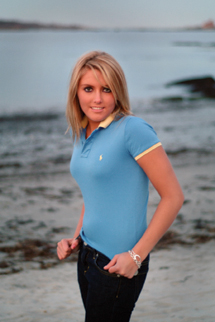 |
What Can This Lens Duo Do?
To exploit the potential of this lens duo, I worked with model Meaghan Parker
at the beach. Sunset was at 7:20pm, so I started shooting about 6:45pm. I took
every image with the lens wide-open, starting with a Nikon D200 and the Tamron
90mm f/2.8 lens. Image 1 was taken at about 7:00pm and even at an ISO of 100
I was able to shoot at 1/125 sec wide-open. You can see the light striking her
hair on the left, which was west, from the setting sun, which had gone down
below the trees. Image 2 was taken just a few minutes later and the light was
now soft enough that I could use it for directional light, again on the left.
Note that it was taken three minutes later and I had to drop down half a stop
to 1/90 sec.
The final shot Image 3 was taken with a Fuji FinePix S2 Pro camera with the
Nikon 50mm lens. This was taken at 7:38pm (isn't digital wonderful!),
almost 20 minutes after sunset. The shutter speed was 1/45 sec and the ISO was
now at 400, and there is a little movement there, but up until 7:30pm I could
keep it at 1/60 sec at ISO 200, so don't be afraid to shoot near sunset.
The lens of course is at f/1.8. Note the very shallow, and very lovely, depth
of field in each image.
All images were shot in high-quality JPEG mode. Slight color and contrast changes
and some dodging and burning done in Photoshop.
Steve Bedell holds Masters and Craftsman degrees from the Professional Photographers of America. To subscribe to EPhoto, the online newsletter for professional and advanced amateur photographers, contact Bedell via e-mail at: steve@stevebedell.com.
- Log in or register to post comments
